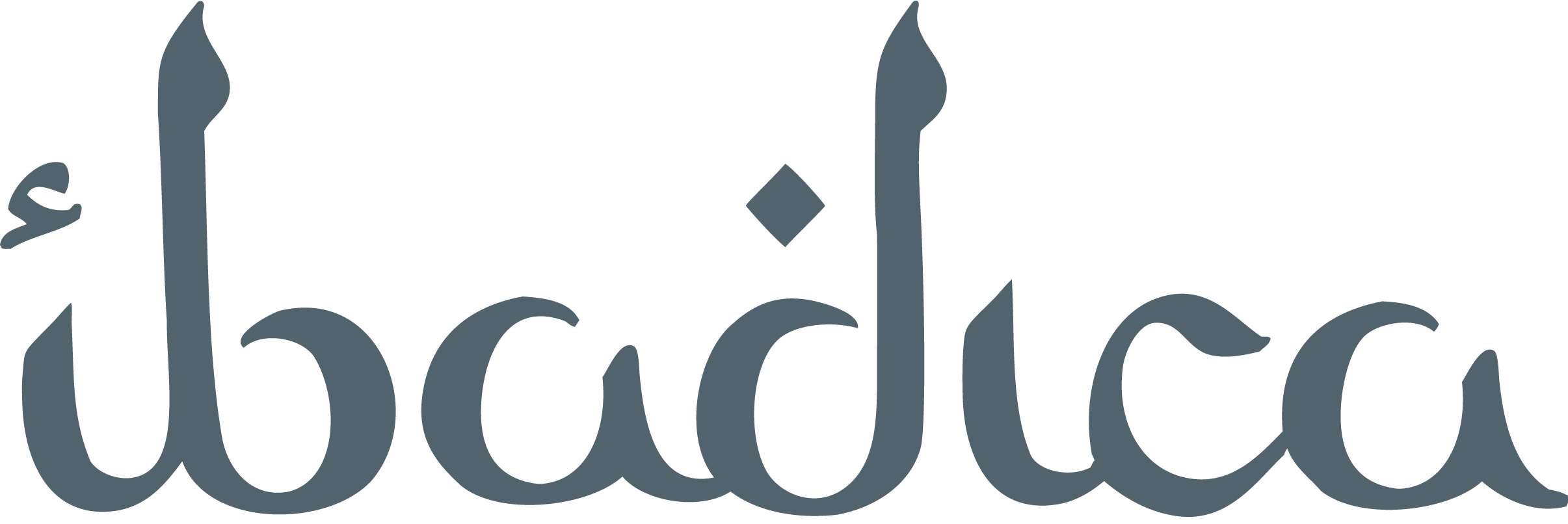Religious and Cultural Characteristics of the Multiracial Community of Djerba Island, Tunisia
Contenu
- Titre
- Religious and Cultural Characteristics of the Multiracial Community of Djerba Island, Tunisia
- Créateur
- Chang, Hun Tae Voir tous les contenus avec cette valeur
- Date
- 2020
- Dans
- 한국아프리카학회지 Journal of the Korean Association of African Studies Voir tous les contenus avec cette valeur
- Résumé
-
The Maghreb region is a gateway to Western culture that spans the Mediterranean and Atlantic Oceans. It is also a geopolitically, economically, socially and cultural important place connecting the continent of Europe and Africa. Among them, the Republic of Tunisia has crossed the great mountain of democracy while Tunisia prospered from Western hegemony to a multicenter state. At the same time, the number of people migrating domestically or abroad is increasing rapidly, as the gap between the rich and the poor deepens while experiencing an economic stagnation.
The Berbers, an indigenous people of North Africa, are one of the oldest settlers in the world, living scattered throughout a large part of North Africa. The Berbers scattered throughout the metropolitan areas escaped from traditional religion and were influenced by Islam through the Arab army"s expedition to Maghreb between 642 and 649. Islamic forces, which have invaded the Berber homes, have influenced many areas of the Berber life, including economic, social and religious. For this reason the Berbers speak a variety of languages and are divided into Arab Berbers, Arabized Berbers, Berber diaspora and Berberism(Cavalism).
On the island of Djerba in Tunisia, a variety of ethnic groups live, including malékism and hanéfism, as well as the Islamized Berber tribes, Jews and migrants from different countries. As a result of this the island of Djerba in Tunisia is becoming a site of cross-breeding recreated by the special environment of the Mediterranean Sea with the specialty of the mixed culture of settlers and migrants.
Currently there is a growing number of Libyan Muslim immigrants on the island of Djerba for freedom and a better life. In addition in recent years, various European cultures, Arab cultures and Korean Wave(Hanryu) cultures have been introduced to form a mixed culture. The influx of diverse people and cultures on the island of Djerba forms a new paradigm of crisis, safety and strategy, and through the boundaries and interdependence of development, opportunities and failures for development, problems of cooperation and the status lie between tradition and the present.
Therefore, in this thesis, I will examine the future world through the situation of the Berbers today, focusing on the formation of Arab Berbers" community and exploring the belief system of new religions. Through this the problem of Tunisia"s Djerba Island cannot be solved by external intervention but it is a task that must be addressed by communicating with each other, having an attitude of embracing and cooperating with each other. Consequently for the development and mission of this region, it is necessary to first grasp the characteristics of the region and we will have to pray to solve problems while living with them. - Langue
- ko
- volume
- 61
- pages
- 237-268
- issn
- 1225-7311
Chang, Hun Tae, “Religious and Cultural Characteristics of the Multiracial Community of Djerba Island, Tunisia”, 2020, bibliographie, consulté le 21 décembre 2024, https://ibadica.org/s/bibliographie/item/7732
Position : 18240 (14 vues)

